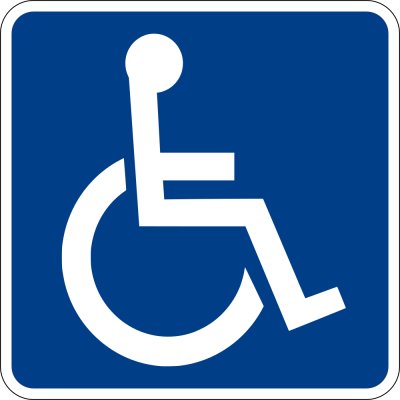History and Rules of Handicap Parking Spaces
The origin and guidelines of disabled parking permits and spaces
Nowadays, every parking lot has a couple of spaces specially designated for people with disabilities. But, that wasn’t always the case. There was a time that parking lots were a total free-for-all, forcing those with physical disabilities to traverse the entire length of the lot to access a building — and even then, there might not be a way to get onto the curb or into the building.
When and how did today’s disability parking regulations form? Here is a general history.
Don’t Just Trash It: What you can do with your old wheelchair
Establishment of Handicap-Designated Parking Spaces
Despite there being tens of millions of Americans with physical disabilities in the early and mid-20th century, their rights — in more ways than just transportation and accessibility — were not widely considered or protected. Vehicles that accommodated passengers with handicaps were not common at that time, so disability-designated parking was not taken into consideration.
The first instance of legal guidelines outlining parking benefits for those with disabilities was a 1955 Delaware  law designating certain parking spaces to be for those with handicaps. However, that measure didn’t catch on nationally until later and was hard to enforce without a federal system in place.
law designating certain parking spaces to be for those with handicaps. However, that measure didn’t catch on nationally until later and was hard to enforce without a federal system in place.
It wasn’t until the civil rights movements of the 1960s that the accessibility rights of those with disabilities received some national attention. The 1968 Architectural Barriers Act established federally mandated guidelines for the design and accessibility of buildings, which included special spaces, signage, and lowered curbs for wheelchair access. This directly led to the creation of the International Symbol of Access (aka the wheelchair symbol). Despite this step forward, specific guidelines on the placement, size, and enforcement of parking was not explicitly addressed.
Although Title VIII of the Civil Rights Act of 1968 protected against discrimination based on race, sex, and religion, it didn’t protect those with disabilities until it was amended in 1988. A couple years later, the Americans with Disabilities Act (1990) was signed, outlining specific, crucial guidelines for those with disabilities, including parking. Section 4.6: Parking and Passenger Loading Zones specifies that the closest spots to a building’s entrance must be handicap-designated (at least one), and “accessible parking spaces should be at least 96 in (2440 mm) wide.”
To park in these spaces, special permits need to be obtained from the state BMV. They are offered to those using a wheelchair, crutches, or cane, missing limbs, or suffering from certain cardiovascular, pain, or respiratory conditions.
Ensuring Safe Operation: A maintenance checklist for handicap-accessible vehicles
Sources: US Army Corps of Engineers, Virginia DMV, It Still Runs

The News Wheel is a digital auto magazine providing readers with a fresh perspective on the latest car news. We’re located in the heart of America (Dayton, Ohio) and our goal is to deliver an entertaining and informative perspective on what’s trending in the automotive world. See more articles from The News Wheel.


